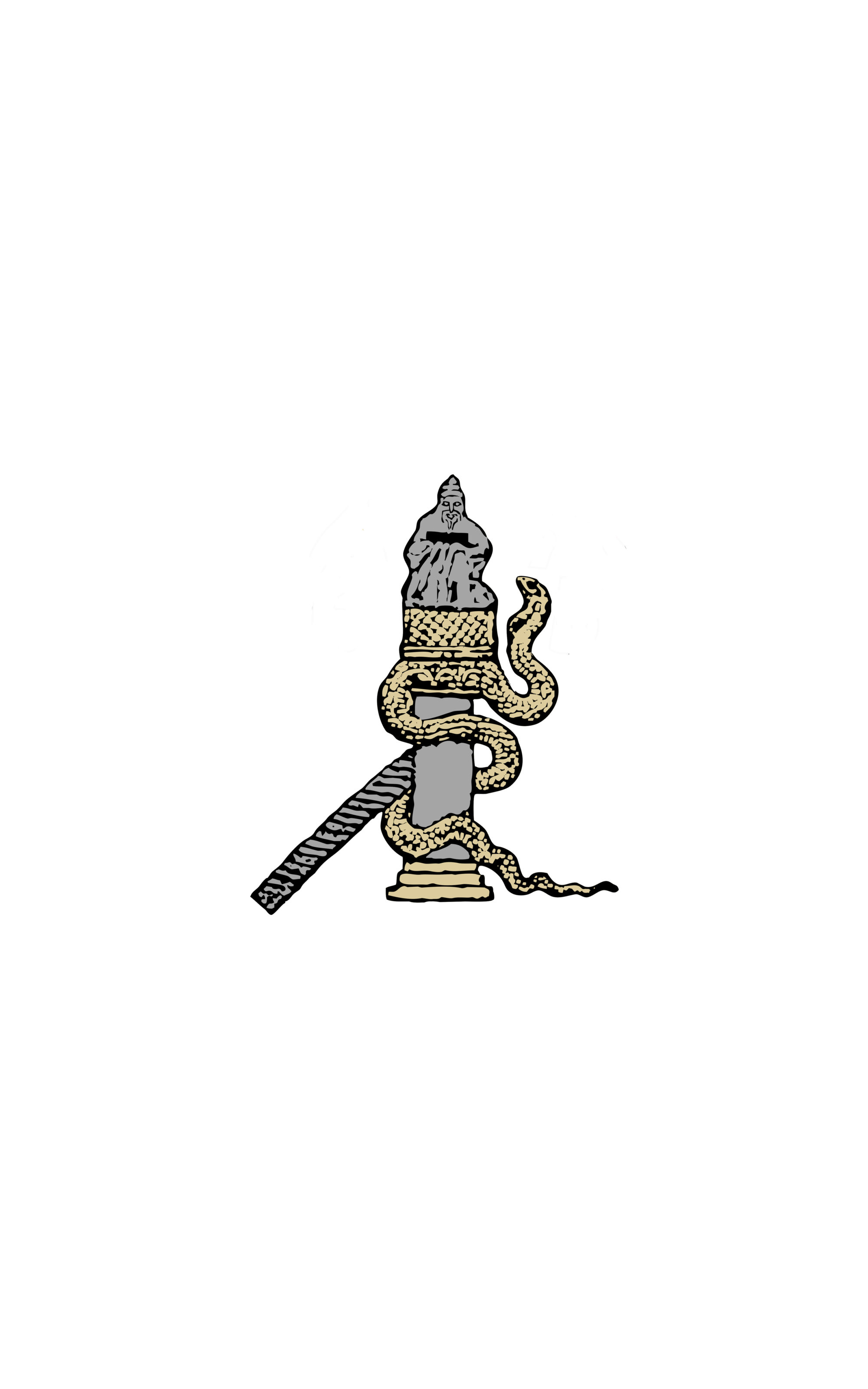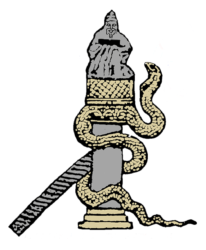4-5 octobre 2013
Institut National d’Histoire de l’Art (Paris)
programme à télécharger en pdf
vendredi 4 octobre matin
9h Accueil
9h30 Allocution de bienvenue – Jeanne DEVOGE (Présidente de l’AEMB)
Mot d’Introduction de la IVe session – Élodie GUILHEM (Coordinatrice générale des
Rencontres byzantines)
Forewords – Stanislas KUTTNER-HOMS (membre du Comité organisateur)
Séance I – Anthropologie – présidente : Élodie Guilhem (EPHE, Paris)
10h Grigori SIMEONOV (Université de Vienne), « Everyday life in Northern Macedonia from 11th until 13th century ». — Résumé
10h30 Dominik HEHER (Université de Vienne) « Heads on stakes and rebels on donkeys : the use of public parades for the punishment of usurpers in Byzantium (9th to 12th century) ». — Résumé
11h Samuel P. MÜLLER (Université de Zurich), « Conflits transculturels ? L’image des Latins dans l’historiographie byzantine de l’époque des Comnènes ». — Résumé
11h30 Luis ESCUDERO GIMENEZ (EHESS, Paris), « Lecture et usage du livre de Job dans le cas des lois des Homérites ». — Résumé
12h déjeuner
après-midi
Séance II – Histoire de l’art & Histoire de l’Architecture – président : Jérôme BASTICK (ENS Lyon & Université de Caen)
13h30 Bertrand BILLOT (Université Paris I-Panthéon Sorbonne), « Le Christ thaumaturge et magicien : les miracles dans l’art paléochrétien ». — Résumé
14h Silvia PEDONE (Université de la Sapienza, Rome) « Byzantine sculptures in Sicily as a reflection of the imperial power (6th-8th century) : some aspect of a marble trade and local production ». — Résumé
14h30 Ludovic BENDER (Université de Fribourg), « Les sites rupestres de la Laconie byzantine et leur inscription dans le paysage ». — Résumé
15h Jelena JOVANOVIC (Université de la Sapeinza, Rome), « The 12th century architecture in Raska : open questions on the origins of the architectural forms between Byzantium and the West ». — Résumé
15h30 pause
Séance III – Archéologie & Sciences du bâti – présidente : Julia REVERET (Université de Clermont-Ferrand II & Université de Fribourg, Suisse)
16h Giulia MARSILI (Université de Bologne), « Le chantier ecclésiastique à l’époque protobyzantine: organisation du travail, commission et société à travers les marques de tâcheron sur le marbre de Proconnèse ». — Résumé
16h30 Alexandre BOURRIER (Université de Provence, Aix-Marseille), « La basilique Hors-les-Murs dans la topographie religieuse de la cité de Kourion, Chypre ». — Résumé
17h Jordan PICKETT (Université de Pennsylvanie, Philadelphie), « The energetics of construction in the 13th century : comparing Seljuk, Byzantine, and Kipchak building cultures». — Résumé
17h45 Assemblée générale ordinaire de l’AEMB
19h Cocktail
samedi 5 octobre matin
9h30 Accueil
Session IV – Philologie – président : Stanislas KUTTNER-HOMS (Université de Caen)
10h Larisa VILIMONOVIC (Université de Belgrade), « Composition and peculiarities of Anna Komnene’s Alexiad : the emergence of a personal history ». — Résumé
10h30 Jorie SOLTIC (Université de Gand), « The vernacular medieval Greek romances and information structure ». — Résumé
11h Jérôme BASTICK (ENS Lyon & Université de Caen), « Le Soleil et le bouffon : de l’hymne de Satyrion à Hélios comme ‘mélanges des genres’ dans le roman de Théodore Prodrome ». — Résumé
11h30 pause
Session V – Histoire religieuse – président : Bertrand BILLOT (Université Paris I-Panthéon Sorbonne)
12h Romain FEESER (École des Chartes, Paris), « Prochoros Cydonès ou le rationalisme thomiste face au palamisme ». — Résumé
12h30 Lucile HERMAY (Université Paris IV-Sorbonne), « Le typikon du monastère du Mont Tmolos, nouvelles réflexions, nouvelles perspectives ». — Résumé
13h déjeuner
après-midi
Session VI – Histoire politique – président : Audren LE COZ (Université Paris IV-Sorbonne)
14h30 Charles NICOLAS (Université Paris IV-Sorbonne), « Une guerre ‘des religions’ chaude à la Rivière froide : Théodose, maître de guerre chrétien ? ». — Résumé
15h Maximilien GIRARD (École des Chartes), Paris, « Écrire la vie de Marguerite de Hongrie (v. 1176-ap. 1229) – recueillir et analyser des sources dispersées ». — Résumé
15h30 pause
Séance VII – Histoire : polémologie – présidente : Anaïs ROCHELET (Université Paris I Panthéon Sorbonne)
16h Aspa VENERI (Université Paris IV-Sorbonne), « Période mésobyzantine : l’organisation et l’amélioration des capacités opérationnelles de la marine de guerre byzantine en Méditerranée face à la menace arabe ». — Résumé
16h30 Ioanna TZIMA (Université nationale et capodistrienne, Athènes), « Les transfuges d’après les manuels militaires ». — Résumé
17h Concluding remarks – Stanislas KUTTNER-HOMS
Mot de conclusion de la VIe session – Élodie GUILHEM
Mot de conclusion – Jeanne DEVOGE
20h30 Dîner

